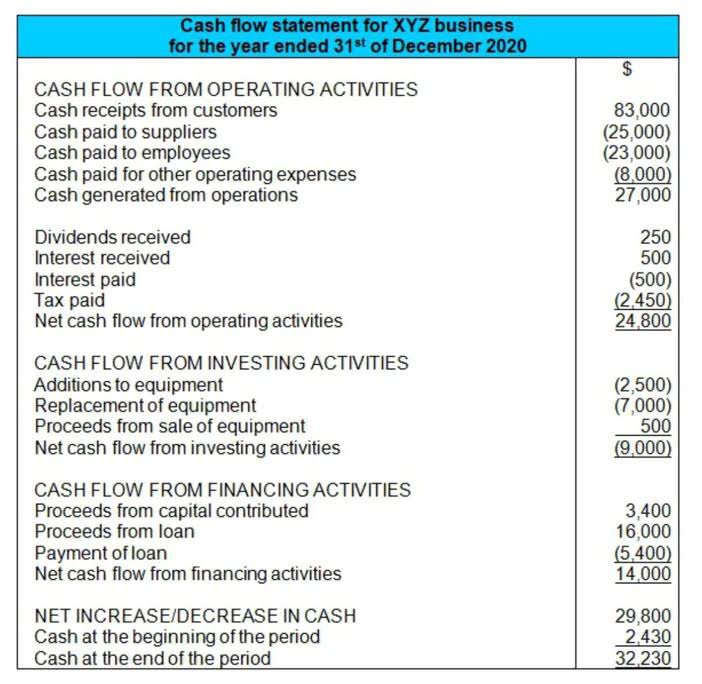
By holding back a portion of payments, it ensures that contractors complete their work according to agreed terms. Once the project meets quality standards, the withheld funds are released. This practice safeguards against incomplete work and defective workmanship, promoting accountability in project execution. In the construction industry, effectively managing cash flow is crucial, particularly for retainage receivable—a practice often applied to ensure project completion and quality. Retention bonds offer a viable alternative to traditional retainage, providing security without withholding funds.

Legal Limits
Just What is bookkeeping like with retainage receivables, retainage payables will also need to be included on your Chart of Accounts to accurately track related transactions and balances. Retainage works by removing a percentage of money from each payment owed to a contractor. For example, if you’re working under a $50,000 contract with a retainage percentage of 5%, the total amount retained will equal $2,500.
- Careful adherence to these steps supports maintaining strong business relationships and upholding a contractor’s reputation for reliability and financial integrity.
- To better confront the impacts of retainage on your construction businessYou must be diligent with your contracts, become familiar with state laws, plan for cash flow needs, and consider financing options.
- With the emergence of advanced management tools, stakeholders can ensure accuracy and timeliness in their retainage transactions.
- For a variety of reasons, it’s common for retained money to never actually get paid…so be very careful.
- The federal government was one of the firsts to address this, and has a number of limitations on how much money can be withheld from contractors on federal jobs.
How do construction companies calculate the appropriate retainage amount during a project?

It’s common for contractors to have high amounts withheld from them (even when it’s limited!), and to have that money withheld for a very long time. Sometimes, contractors must have to make formal demands for retainage. First, it’s abused to “stay ahead.” It’s a common construction practice to underpay a contractor for work done on a job.
Tools and Software for Managing Retainage

Retainage also fosters an efficient work sequence and motivates the on-time completion of projects. It provides a layer of protection against contractors who might not fulfill their obligations. If the work remains incomplete or fails to meet the standard, the retainage construction can cover the costs involved in completing or correcting the work. Careful balance between withholding retainage retainage accounting and maintaining a positive business relationship is important. Clear communication ensures agreements on expectations and facilitates smoother project execution.
What steps must be taken to ensure compliance with various state construction retainage laws?
- If you have an in-house accountant, consider creating a contingency or emergency fund.
- From large upfront job costs to unexpected change orders, it’s not uncommon for contractors to experience pretty significant delays in payment.
- Use our color coded map to learn about the retainage requirements that may affect your next job.
- In this article, we’ll show you how to set up a QuickBooks account to record and track retainage receivable — and make sure that you collect it on time.
- Don’t hesitate to clarify things with your legal department or a qualified construction law attorney – you’ll thank yourself later.
- These platforms enable real-time tracking of retainage amounts throughout the project lifecycle.
By adjusting the percentage, you manage your cash flow and risk exposure, ensuring the withheld amount aligns with project complexities and contractor reliability. On a typical job, the owner will hold retainage from payments owed to the general contractor, who might also withhold retainage from subcontractors and suppliers under them. It’s easy to think about retainage as a form of insurance for an owner; law firm chart of accounts by withholding a portion of payment, a project is more likely to be completed successfully.

This is an important distinction to remember, because retainage balances don’t have due and payable dates. Only when retainage has been moved to AR or AP can due dates be applied. It’s also common to see construction contracts call out “substantial completion” as the trigger for repayment. However, “substantially complete” leaves a lot of room for interpretation. Before you sign any contracts, be sure to have a clear definition (in writing) of what substantially complete means for this specific project.
For a variety of reasons, it’s common for retained money to never actually get paid…so be very careful. Generally speaking, the parties can agree to anything they want, so long as they don’t run into a legal limitation (we’ll discuss those below). The average amount of retainage withheld on private jobs is 7.59%, on state jobs is 5.56%, and on federal jobs is 3.26%, with higher percentages withheld from subcontractors than from general contractors.

- Bear in mind, that your construction business’s financial health pivots on effective accounting for retainage management.
- This is especially true because the rules are very specific and vary from state-to-state and job-to-job.
- Looking to fill this demand, project owners had no choice but to bring on large amounts of inexperienced workers and contractors.
- Retention payable is recorded by owners and general contractors and is the amount owing to contractors or subcontractors for retention.
- Retainage release occurs when withheld funds get paid out upon successful project completion.
- With retention bonds, the customer of the party who submits the bond is the beneficiary of the bond.
- You need enough funds to cover project expenses while awaiting the full payment.
Retainage is an amount of money withheld from payment to a contractor or subcontractor until the end of the construction project, or a time specified in the contract. Also known as “retention,” the practice of withholding retainage is commonly used to ensure that the contractor or subcontractor finishes work completely and correctly. No surprise here — with one notable exception (the state of New Mexico forbids retainage) — money can be withheld from contractors on all private construction projects. Each state, however, does have different regulations about the amounts that can be withheld, the length of withholding, and the process for recovery. When abuses happen or someone engages in retention practices that run afoul of the limitations, the state laws will usually provide punishments (in the form of interest penalties). Retainage, or retention, is the portion of a contract payment withheld until project milestones are met.





